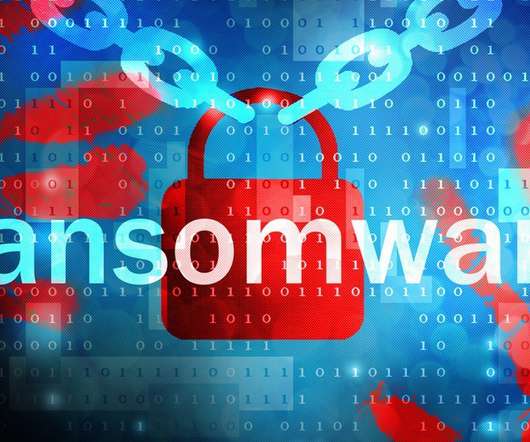Facebook May Have Gotten Hacked, and Maybe It’s Better We Don’t Know
Adam Levin
APRIL 8, 2019
A week after it landed with a curious (and most likely spurious) thud, Zuckerberg’s announcement about a new tack on consumer privacy still has the feel of an unexpected message from some parallel universe where surveillance (commercial and/or spycraft) isn’t the new normal. This article originally appeared on Inc.com.











Let's personalize your content